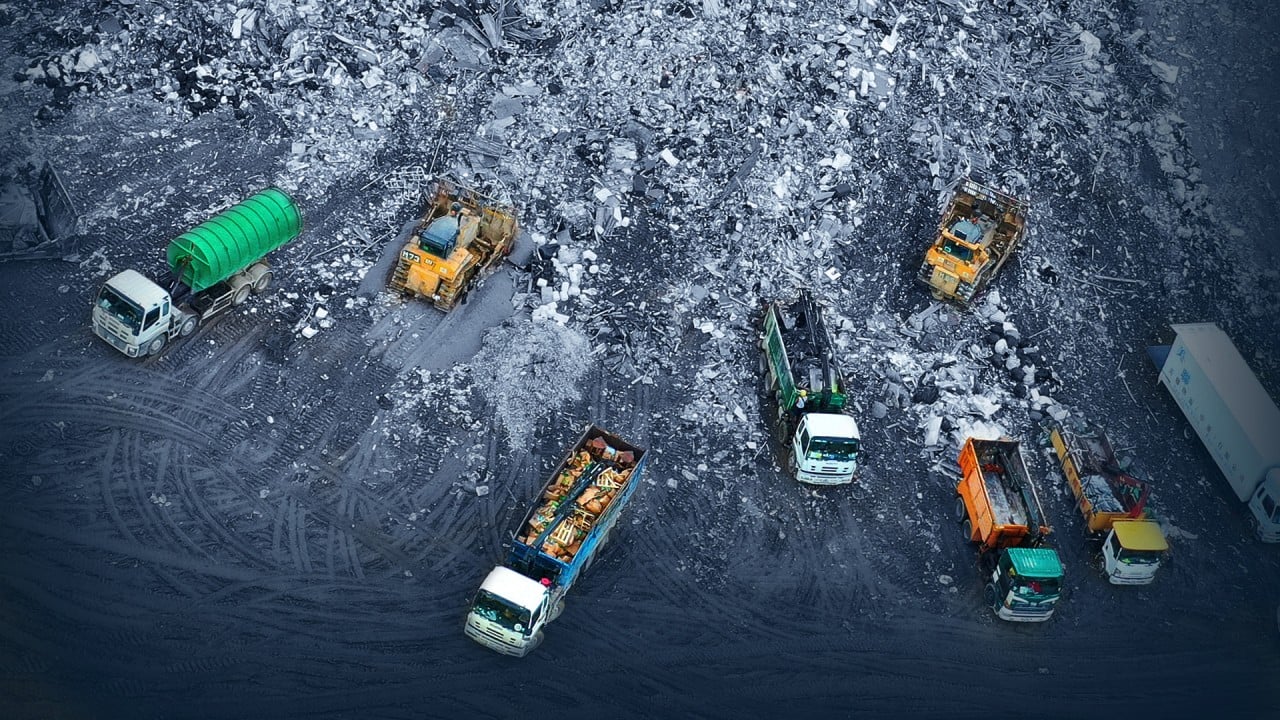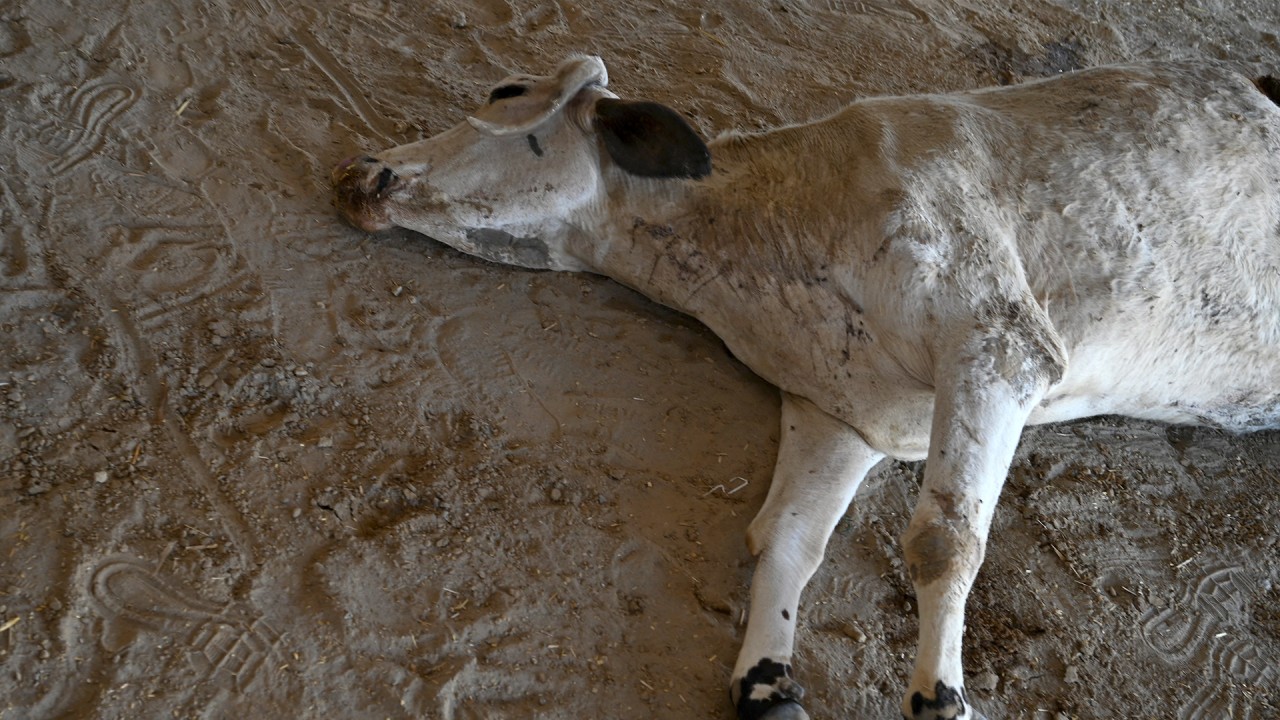
How Hong Kong’s nastiest plastic pollutant – microfibre – hides in plain sight
- Synthetic microfibres, mainly shed from polyester clothes, are the most common microplastics in Hong Kong’s waste water
- While studies elsewhere show microfibres being ingested indoors and from eating seafood, little is known about the effects here
Polyethylene terephthalate (PET), commonly known as polyester, is a synthetic fibre widely used in clothing and can be derived from either virgin or recycled plastics. Polyester accounts for 52 per cent of the global fabric market, and around 13 per cent of polyester production is recycled, mainly from PET bottles.
The situation in Hong Kong reflects this global ecological disaster. One study showed that microfibres account for most of the microplastics that flowed into a waste water treatment plant, and most likely came from the washing of textiles and degrading plastic packaging.
Although sewage treatment plants in Hong Kong can filter up to 95 per cent of all microfibres, the volume being released is so vast that too many microfibres still end up in the ocean – effluents from both the Stonecutters Island and Sha Tin sewage treatment plants confirm this grim reality.
Stormwater outflows, which are not filtered, are also found to be a significant contributor to microfibre pollution in Victoria Harbour. This implies that other stormwater outflows are potential pathways for microfibre ocean pollution. Overall, it’s estimated that each individual in Hong Kong releases 3.5mg of microplastics per day, higher than the US per capita rate of 2.4mg but much lower than Britain at 40.5mg.
Unsurprisingly, synthetic microfibres are the most common type of microplastic found inside fishes, according to a local study. One might get a false sense of security because the organs that contain the microplastics – the gills and gastrointestinal tract – aren’t usually eaten. Worryingly however, very small pieces of microfibres are absorbed by the gastrointestinal tract and deposited in the muscle.
Currently, there are no studies to confirm that this is happening in Hong Kong, but other global studies have shown that, the bigger the fish, the more microplastics are present in the muscle.
Eating contaminated seafood such as shellfish and fish could increase the risk of absorbing pollutants and chemical additives used during the plastic manufacturing process, which may lead to endocrine disruption, carcinogenesis and mutagenesis. The inhalation of microfibres can potentially cause respiratory complications, especially for children in indoor environments.
Belated effort on plastic pollution must lead to action this time
Hong Kong lacks any clarity on the scale of the synthetic microfibre pollution – in the ocean, on land and in the air. There is no comprehensive study on the scale of contamination on marine life, let alone investigations into the possible implications for human health. Strategic funding is needed to promote scientific investigation to find out the true scale of the issue.
Hong Kong’s Climate Action Plan 2050 should be a driving force to provide opportunities to research and develop better filtration systems and other technologies to trap microfibres in all types of environment. As companies move towards a circular economic model, the use of fabrics made from plastic waste is set to increase. This will only increase the burden on existing infrastructure.
Philippe Li works to drive tangible and measurable socio-environmental change in Hong Kong’s sustainability and social impact sector. He holds a degree in economics and geography from University College London



